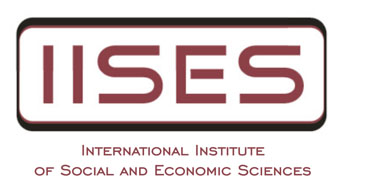IISES International Academic Conference, Venice
MULTIPLE ENERGY USE AND PRICE ELASTICITIES
SHIGERU MATSUMOTO
Abstract:
Households utilize various forms of energy, such as electricity, gas, and liquid fuels, for different purposes. While these energy types are not entirely interchangeable, they can be substituted to some extent. For instance, electricity is essential for watching television, but gas can also be used for cooking. Therefore, households with different energy combinations are expected to react differently to changes in energy prices. Nevertheless, previous studies have estimated the price elasticity of energy demand without paying sufficient attention to the energy combinations of households. A limited number of studies have utilized household-level microdata to analyze price and cross-price elasticities among households with varying energy combinations (Labandeira et al., Energy Policy 2017; Mubiinzi et al., Energy Reports 2024). While the substitutability between electricity and gas has been explored to some degree in research by Baker et al. (Economic Journal 1989), Baker and Blundell (Oxford Review of Economic Policy, 1991), Metcalf and Hassett (Review of Economics and Statistics, 1999), and Alberini (Energy Economics, 2011), the role of liquid fuels has not been examined. Given that liquid fuels are utilized in certain countries, particularly for heating during winter months, it is crucial to investigate both the substitutability of liquid fuels and the interplay between electricity and gas. In this study, we examined how households utilizing various energy combinations react to fluctuations in energy prices by analyzing household energy usage data sourced from the Japanese Ministry of the Environment. We categorized households into six distinct types based on their consumption of electricity, city gas, LP gas, and kerosene. Then, we estimated the price elasticity of energy demand for these six household types using a seemingly unrelated regression model. The results of the estimation are presented in the table below. It illustrates that the price elasticity of energy demand decreases as the variety of energy sources utilized increases. For instance, the price elasticity of electricity for households relying solely on electricity is -0.942, whereas for those using both electricity and city gas, it decreases to -0.772. This implies that households with access to multiple energy sources tend to use electricity primarily for indispensable energy services, making it challenging for them to reduce their electricity consumption.
Keywords: Microdata, Multiple energy use, Price elasticities, Seemingly Unrelated Regression

